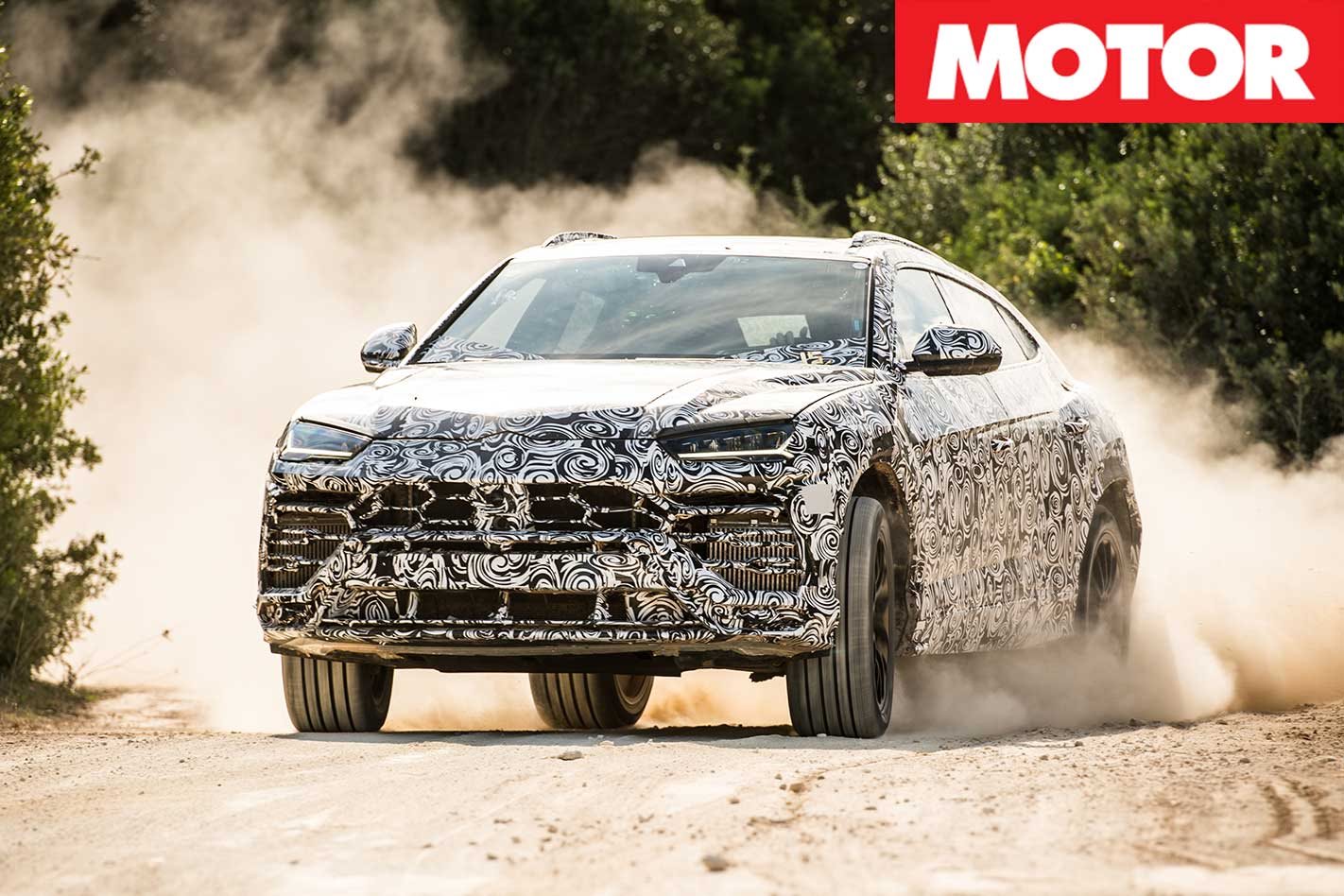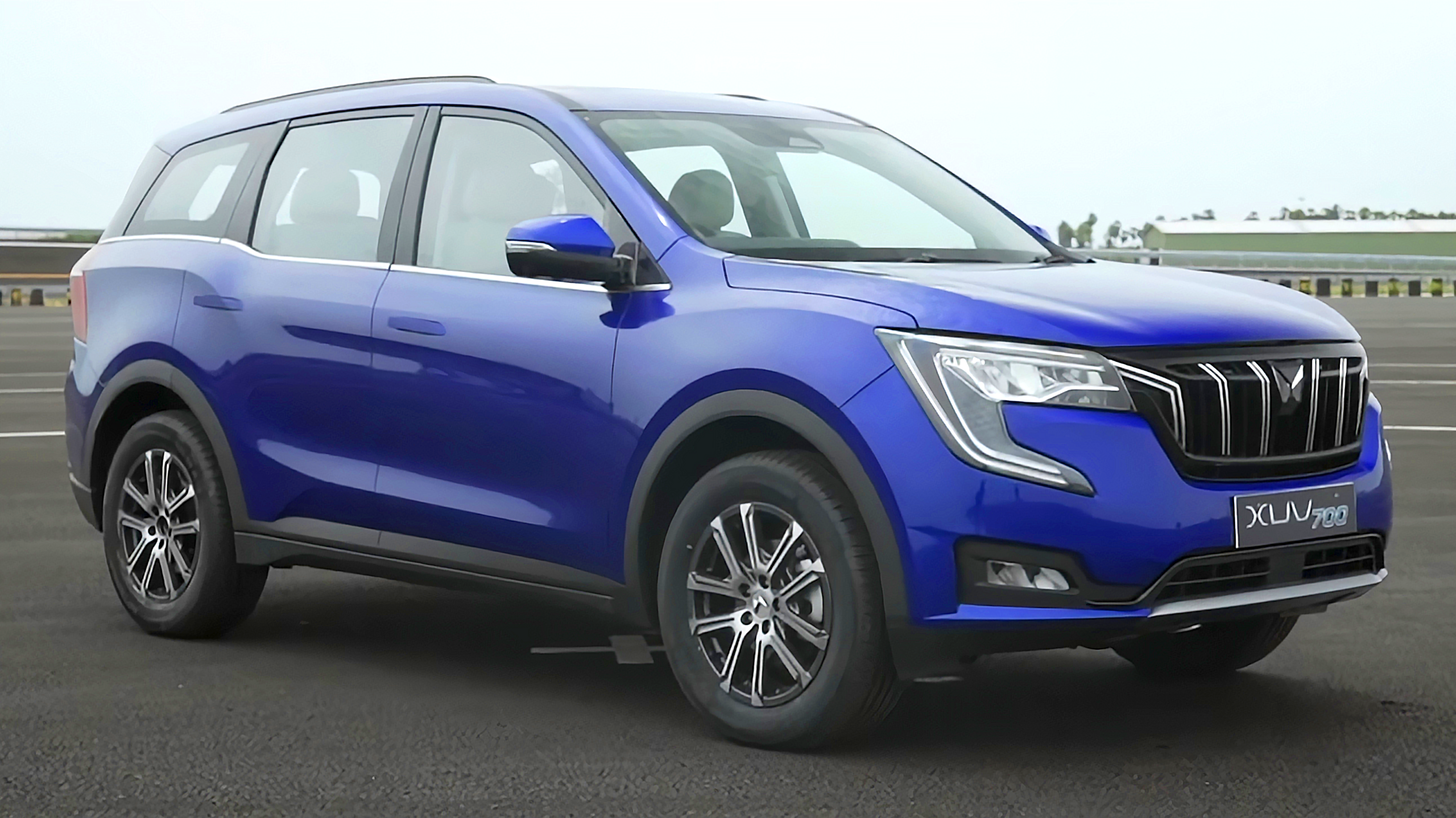Lamborghini pre-drive events seem to trigger global political upheaval.
When we laid hands on the Centenario, Britain voted for Brexit. The election of President Trump also coincided with us getting behind the wheel of the Huracan Performante.
So, not surprisingly, we expected something big when sampling the Lamborghini Urus prototypes at Nardo. However, nothing happened. And just as the Urus has seemingly broken this bizarre pattern of Lambo launches and global political episodes, it has also broken from expectation when it comes to the Sant’Agata brand.
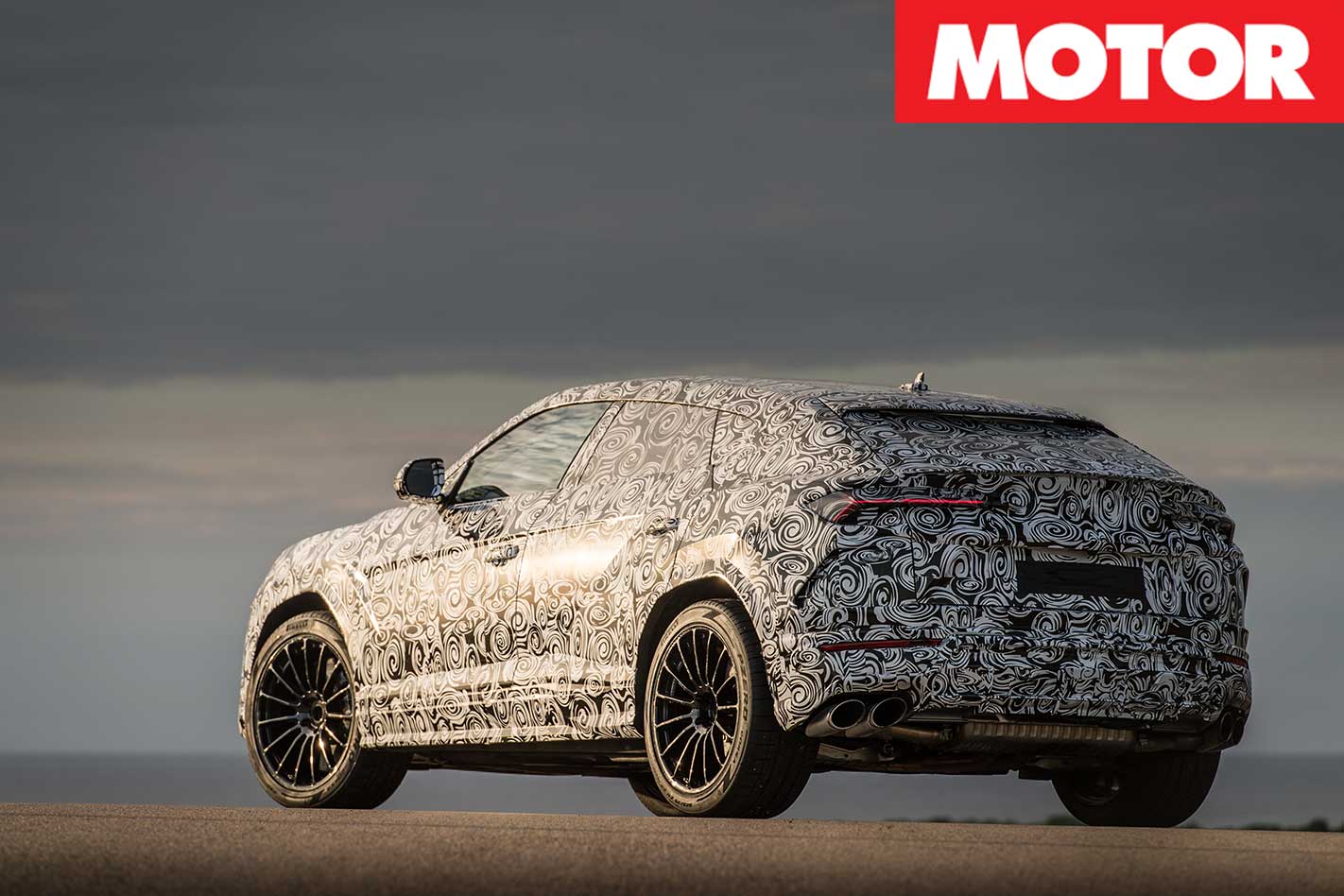
However, as you have already been mentioned at its launch, the body was created with a low drag-coefficient target and loads of downforce in mind. Despite being an SUV, it employs spoilers, splitters and diffusers to wrap around the Urus and plant it to the ground.
Taking advantage of this aero trickery is a twin-turbo V8, which again is a break from tradition. We’re used to howling V10s and sonorous V12s powering two-door coupes. Utilising the 4.0-litre bent eight could be seen as Lamborghini scraping the Volkswagen Group parts bin. However, with 478kW and 850Nm, there could be worse options – especially when it’s the unit that will be powering the next RS6/RS7.
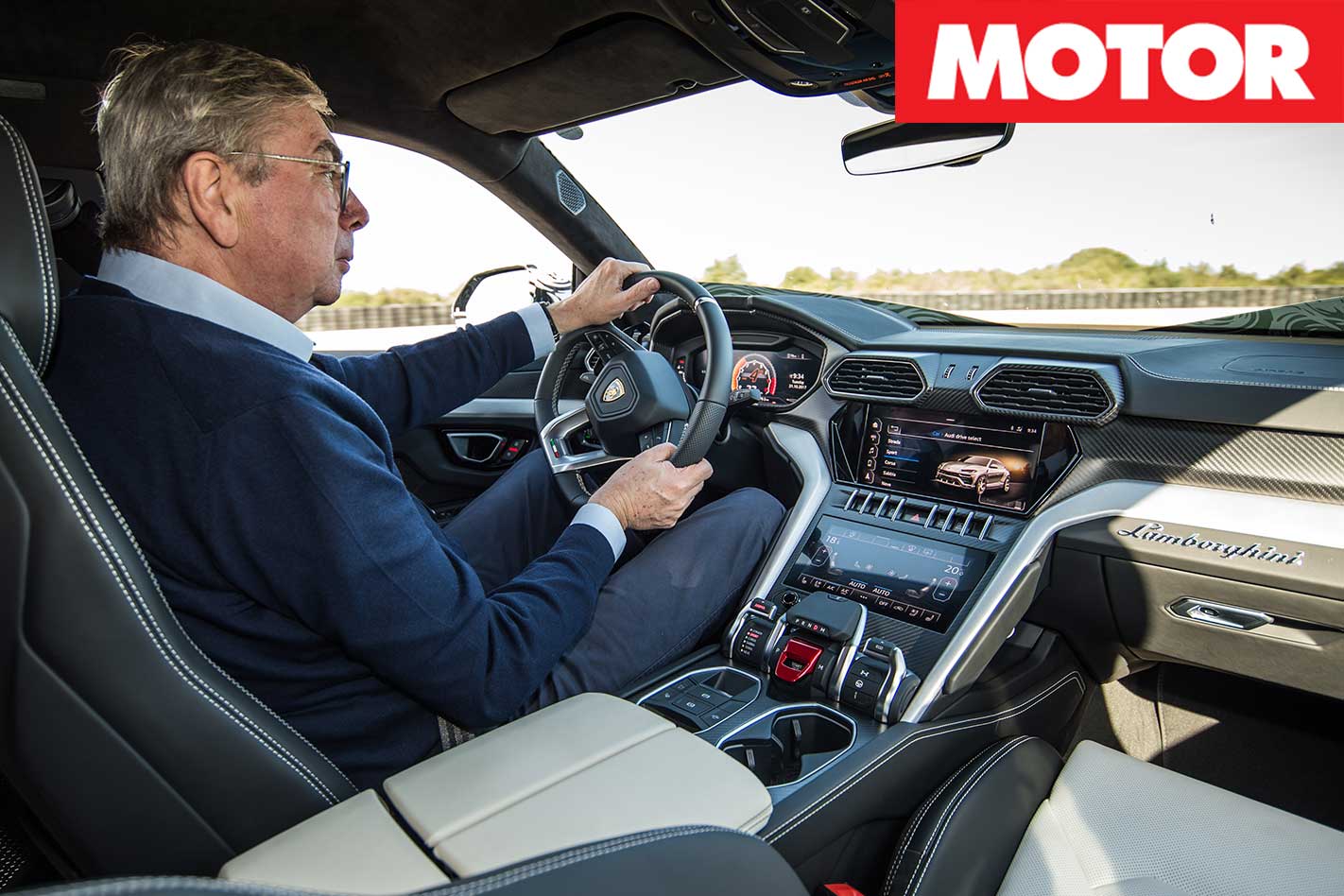
To put its performance into perspective, the Porsche Cayenne Turbo does 0-100km/h in 3.9sec (Sport Chrono Pack). Its top speed is also 288km/h. Impressive numbers, yet the Urus shreds them. Just 3.6sec to 100km/h is the official line, but 3.35sec is what the in-dash readout says.
Yes, that’s with launch control (and an eight-speed ZF auto), perfect weather and what seems like the grippiest piece of Roman tarmac. Still, 3.35sec is quicker than a Huracan. The top speed is also expected to be in excess of 303km/h.
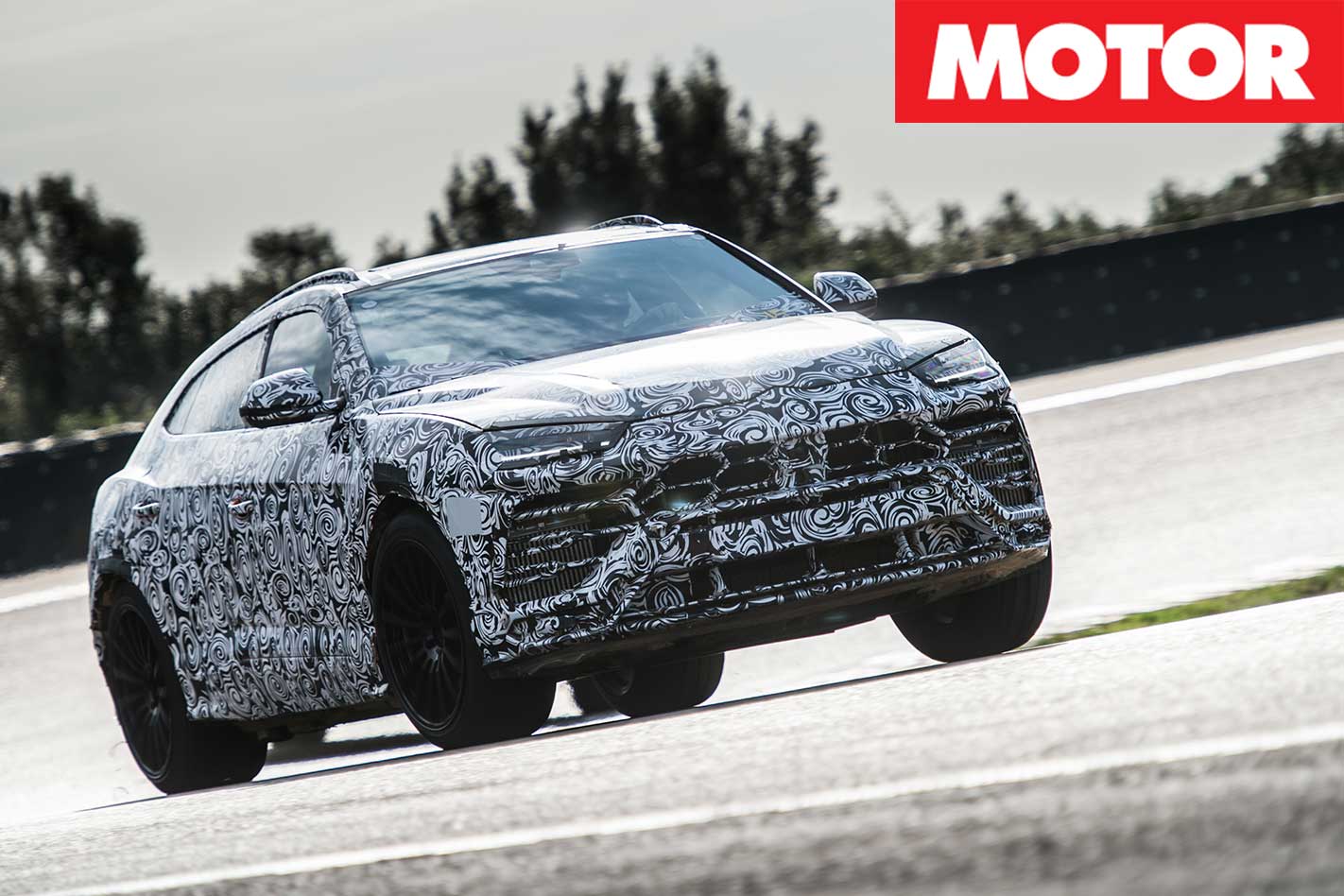
This remarkable achievement required plenty of extra work in the chassis department. The four-wheel drive system uses a Torsen centre differential for a wide torque split front to back and a mechanical rear-diff lock for a subtle left-to-right distribution. In other words, there is no brake-induced torque vectoring like in the Cayenne, and no conventional self-locking centre diff.
Part of the package is a 48 volt system, which powers the fully adjustable sway bars along with the air-conditioning.
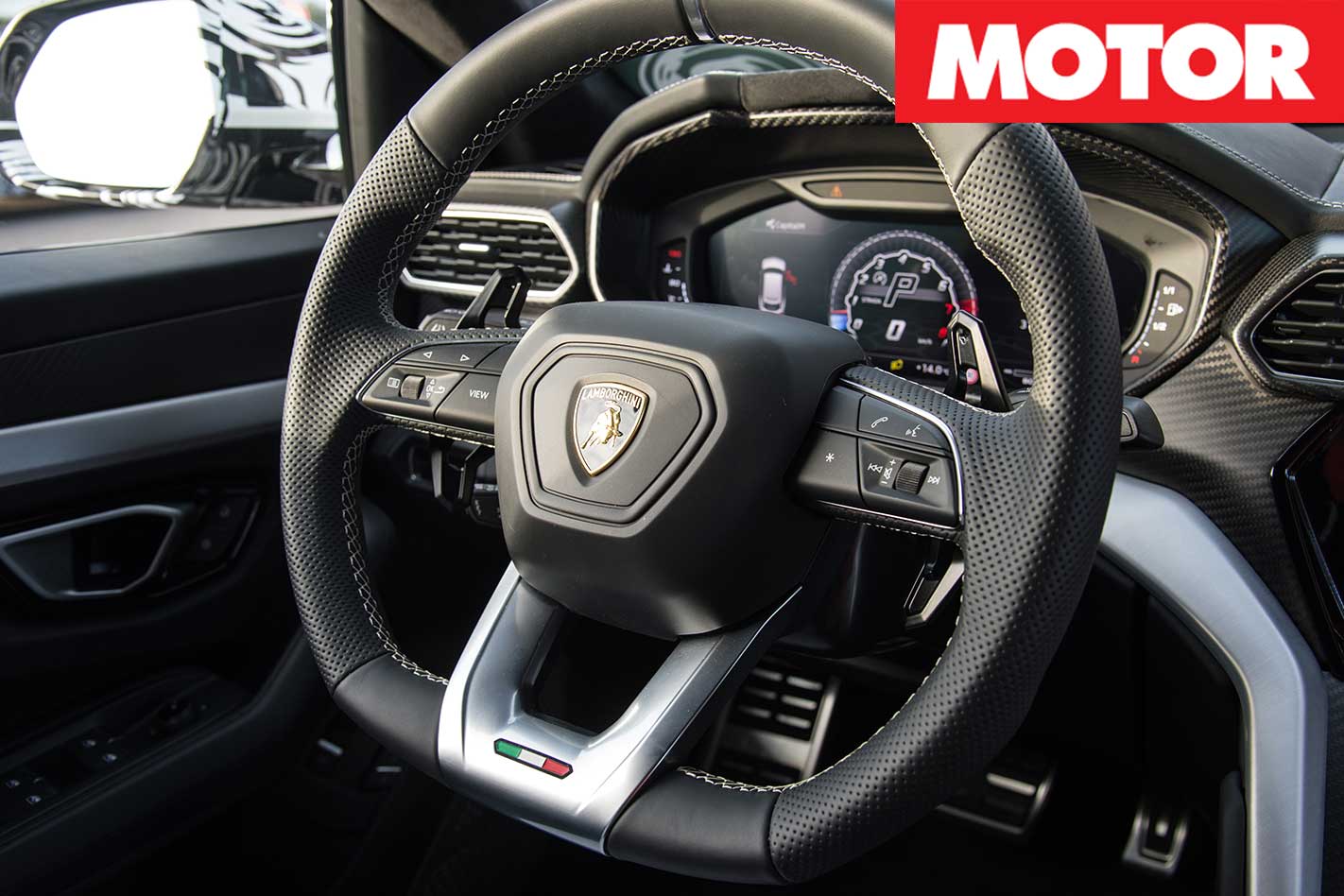
Completing the high-tech DNA is the adaptive air suspension and the rear-wheel steering. The maximum steering angle (three degrees) reduces the turning circle by 0.6m while extending the virtual wheelbase at speed by one foot.
However, while that all sounds very supercar and Lamborghini, having dedicated off-road modes doesn’t. The Urus gains Sabbia (sand), Terra (dirt) and Neve (snow) modes to accompany the usual Strada (street) and Corsa (track) settings. Ego allows you to personalise the driveline, steering response and suspension settings individually. It’s all part of new switchgear named Tamburello – which translates to ‘tambourine’. We’re confused, too.
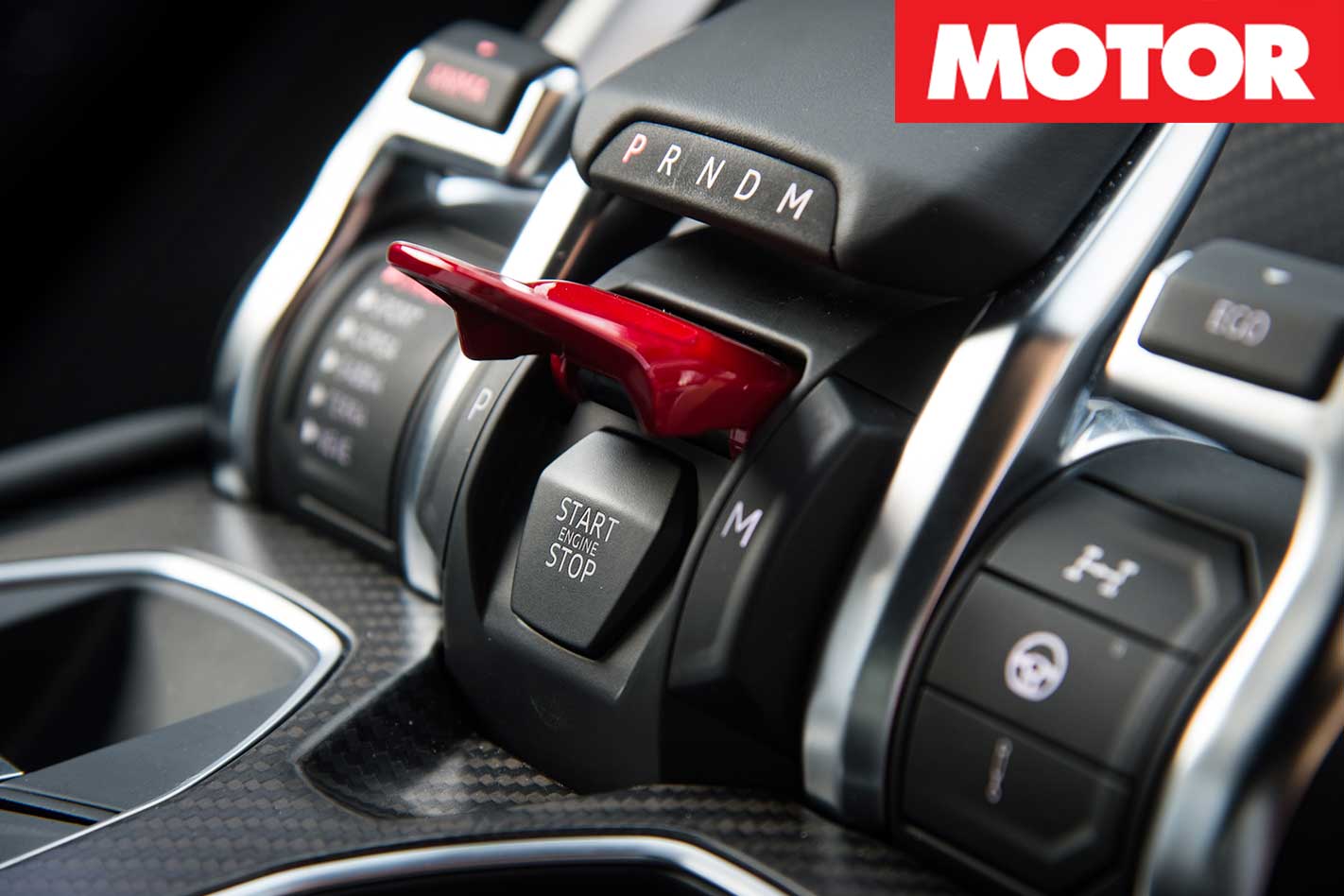
While sheer speed is one thing, to make it accessible in a confidence-inspiring fashion, is another. Especially when you consider the fact that the Urus comes with all the wrong ingredients for going fast – considerable mass, high centre of gravity and substantial weight.
Despite these genetic downfalls, it hugs the road, it juggles power and torque and it decelerates ferociously. The eight-speed automatic is correctly spaced, but it shifts more leisurely than a rapid-fire dual-clutch and isn’t as eager as the boosted V8.
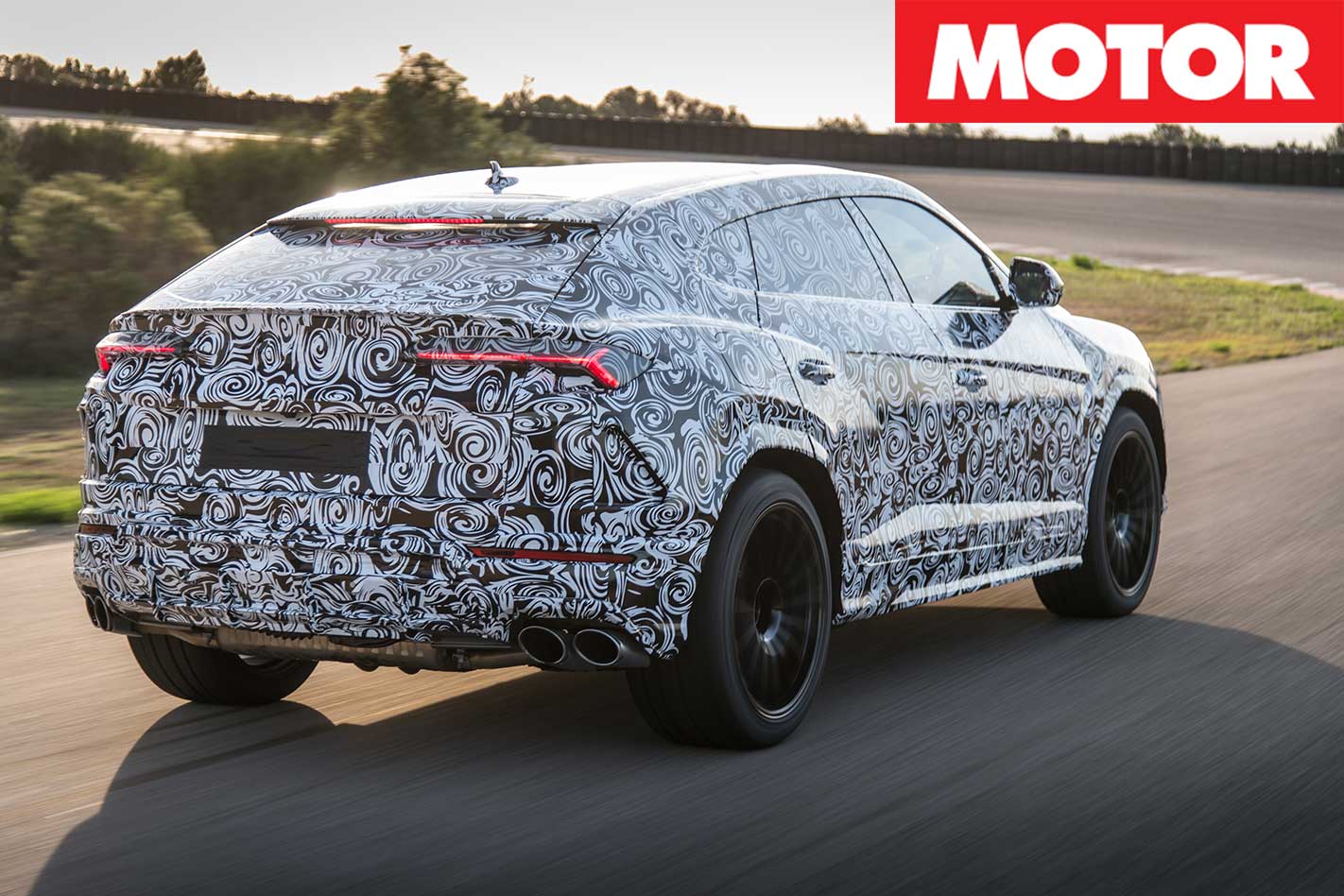
Nardo’s off-road test isn’t really a test, however. The absence of serious climbs and descents matched with the fact that the surface is a mix of sand and sealed gravel is the proof. There are no deep ruts, grooves and potholes for a sterner test.
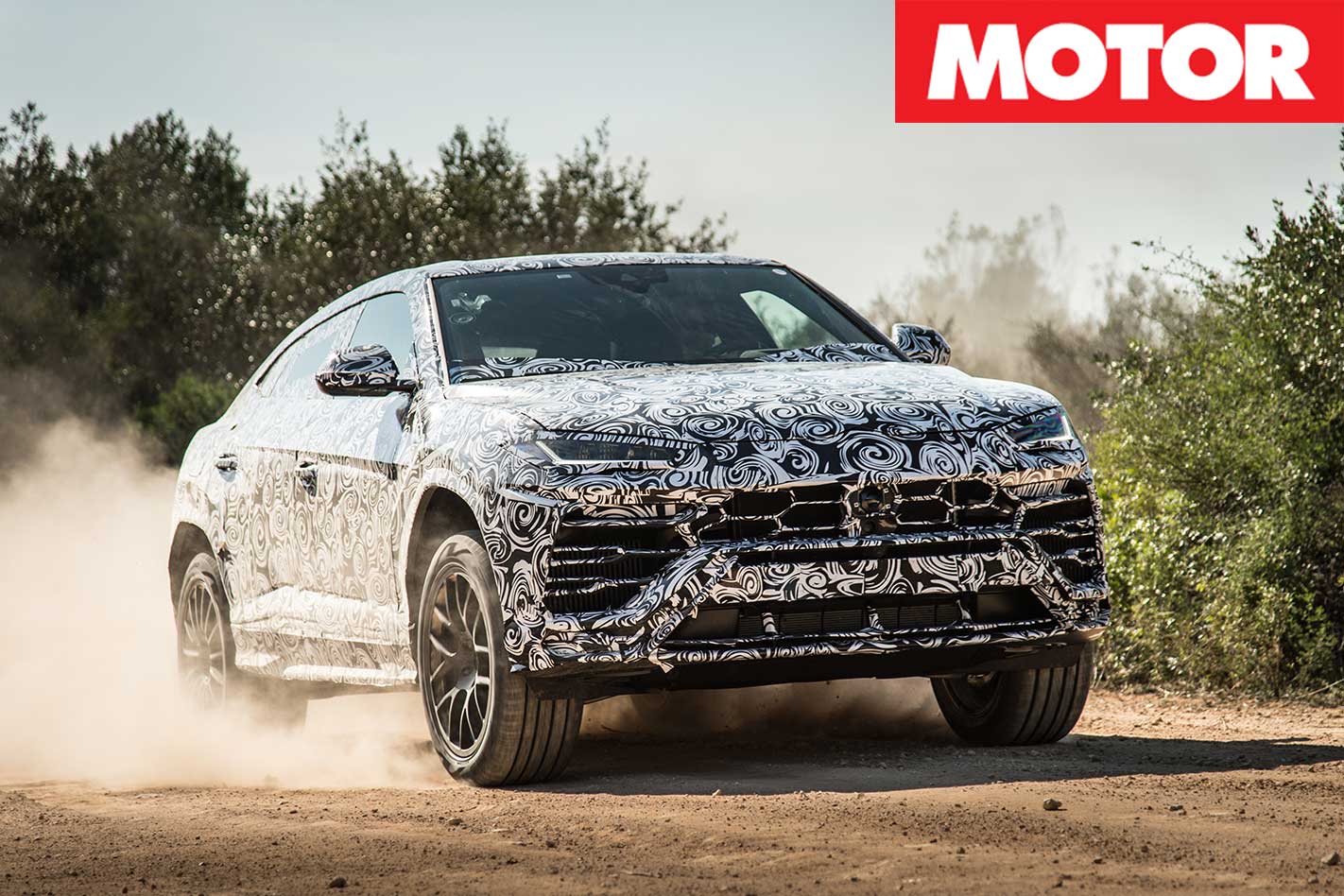
With your right hoof commanding 478kW and 850Nm, understeer does not stand a chance – unless of course you find yourself braking too late, thereby converting the mega-SUV into a part-time sand-shoveler.
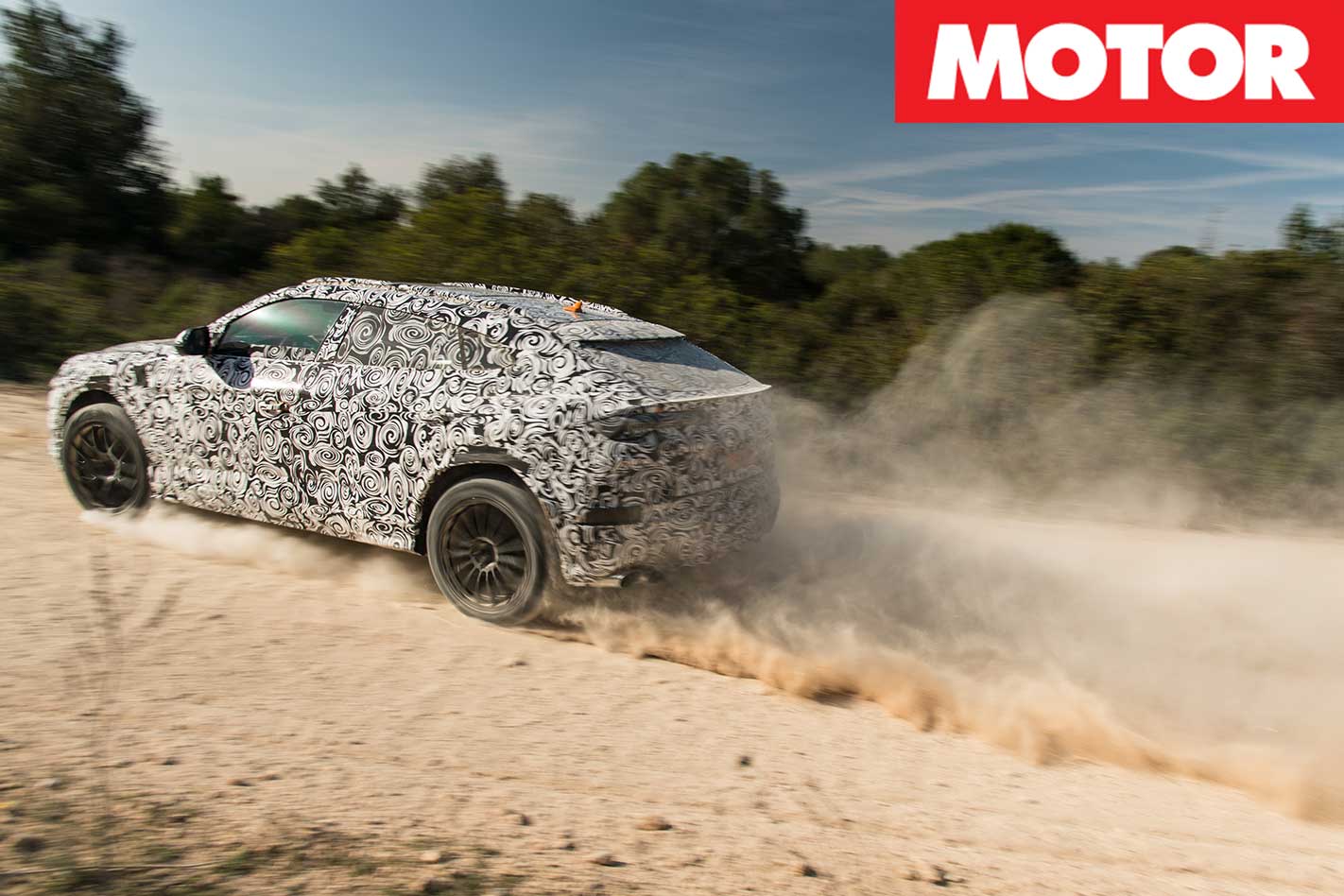
So are there any negatives to the super SUV? Well, I’ve already mentioned the leisurely eight-speed auto. However, I’ll add mildly frustrating front-end pitch through fast corners, slightly lackadaisical tip-in, generous amounts of dive and squat, poor cabin ergonomics and an exhaust note that doesn’t quite stir the loins – even in Corsa.
Ultimately, the brawny V8 isn’t quite as special as the charismatic, naturally aspirated V10 and it downs fuel at the rate of an ocean liner.
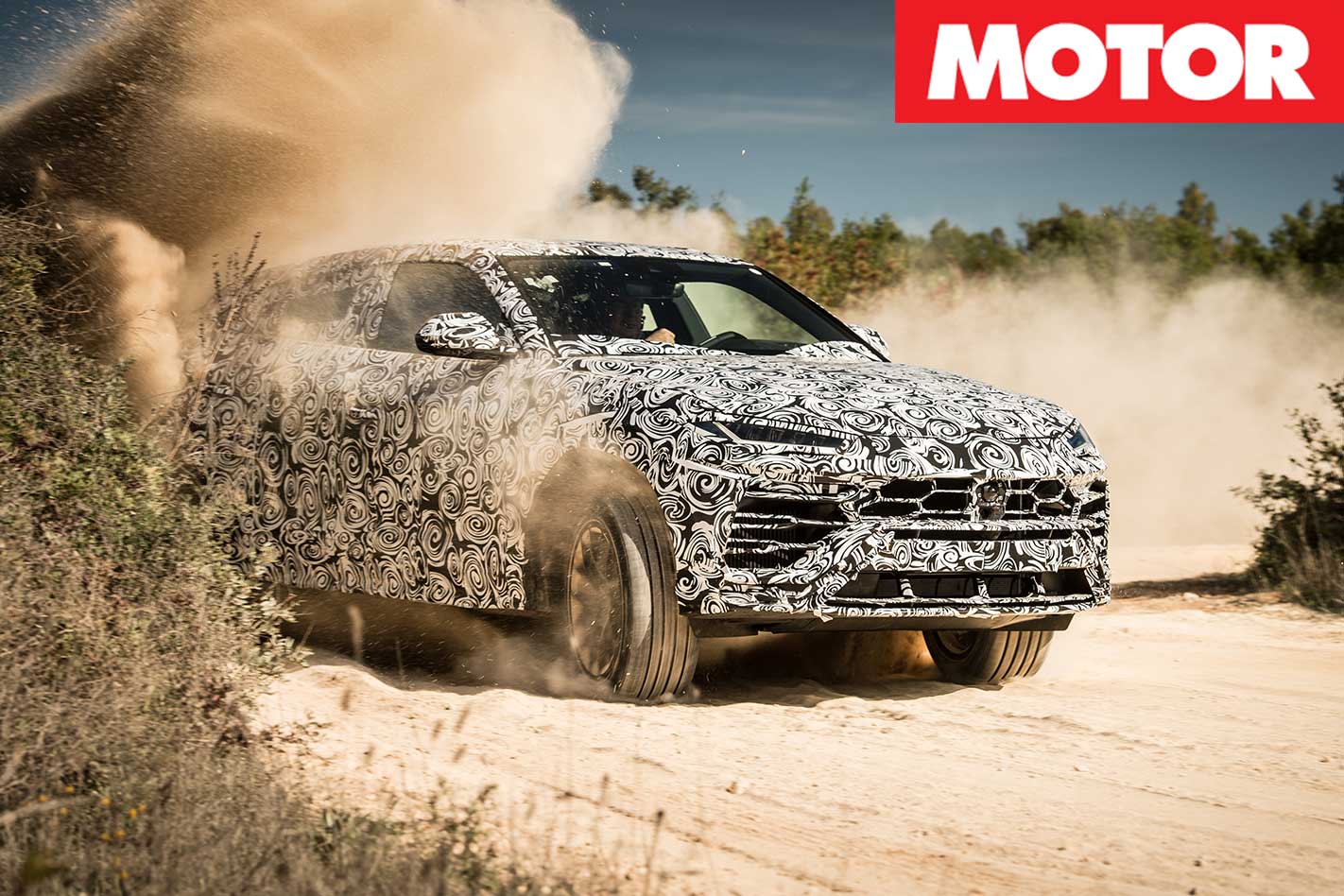
An ‘eco-focused’ V6 plug-in hybrid (think Porsche 2.9-litre twin-turbo V6 with electrification) is in the pipeline, as is a lighter, 515kW-plus Performante version.
Basically, the Urus can do things no other SUV would even attempt to achieve.
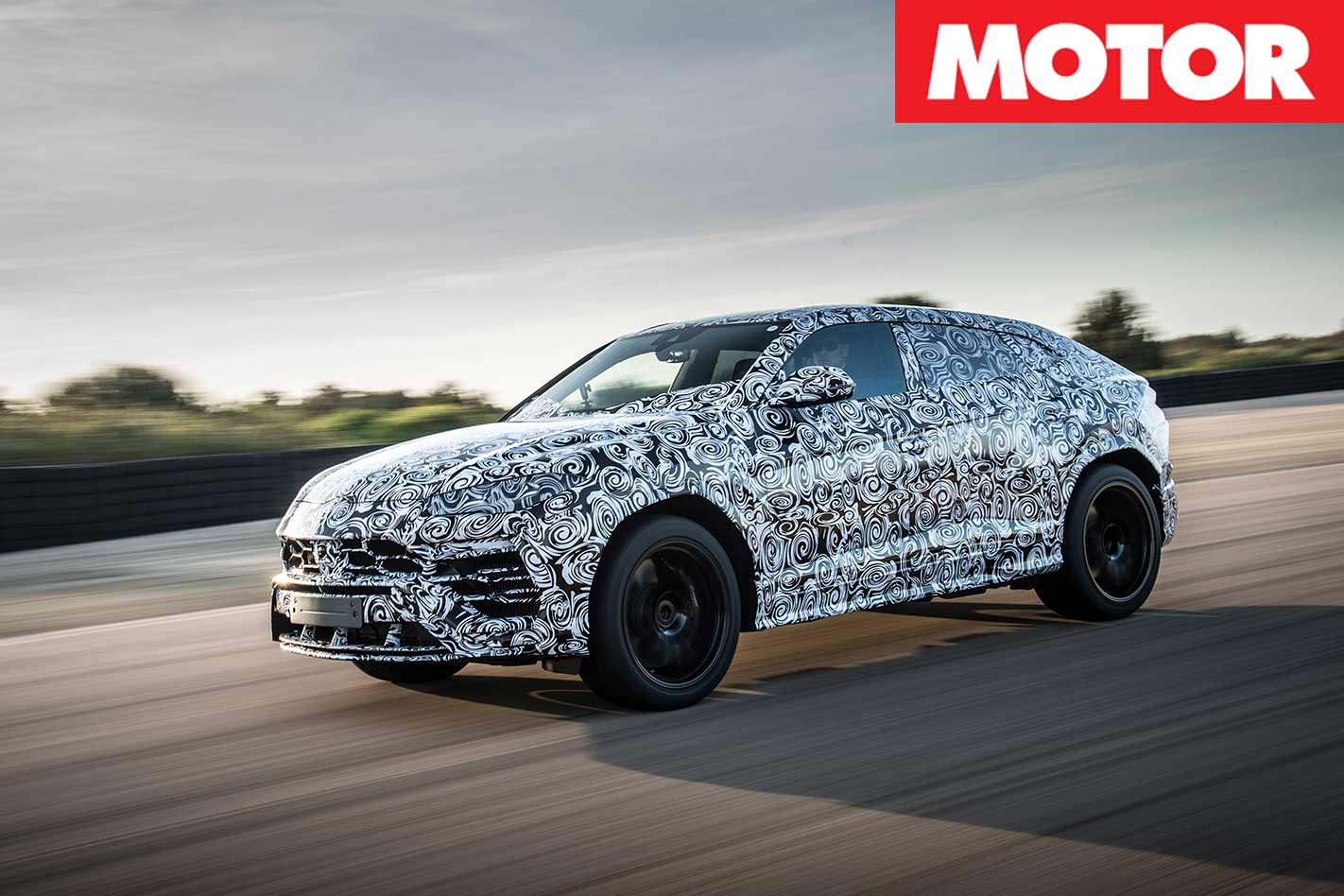
Luckily, the fact Lamborghini has created an SUV, and a great one at that, remains the headline news.
2018 LAMBORGHINI URUS SPECS: Body: 4-door, 5-seat SUV Drive: all-wheel Engine: 3996cc V8, DOHC, 32v, twin-turbo Bore/Stoke: N/A Compression: N/A Power: 478kW @ 6000rpm Torque: 850Nm @ 2250-4500rpm Power/Weight: 217kW/tonne Transmission: 8-speed automatic Weight: 2200kg Suspension: Multi-links, adaptive air suspension with electromechanical active roll stabilisation (f/r) L/W/h: 5112/2016/1638mm Wheelbase: 3003mm Tracks: 1695/1710mm (f/r) Steering: electrically assisted rack-and-pinion; rear-wheel steering Brakes: 440mm carbon-ceramic discs, 10-piston calipers (f); 370mm carbon-ceramic discs, 6-piston calipers (r) Wheels: 23.0 x 10.0-inch (f); 23.0 x 10.5-inch (r) Tyre sizes: 285/35 R23 (f); 325/30 R23 (r) Tyre: Pirelli P Zero Price: $390,000
LIKES: Car-like handling; Huracan-esque pace DISLIKES: Front-end pitch; slow auto; ergonomics
RATING: 4 out of 5 stars

